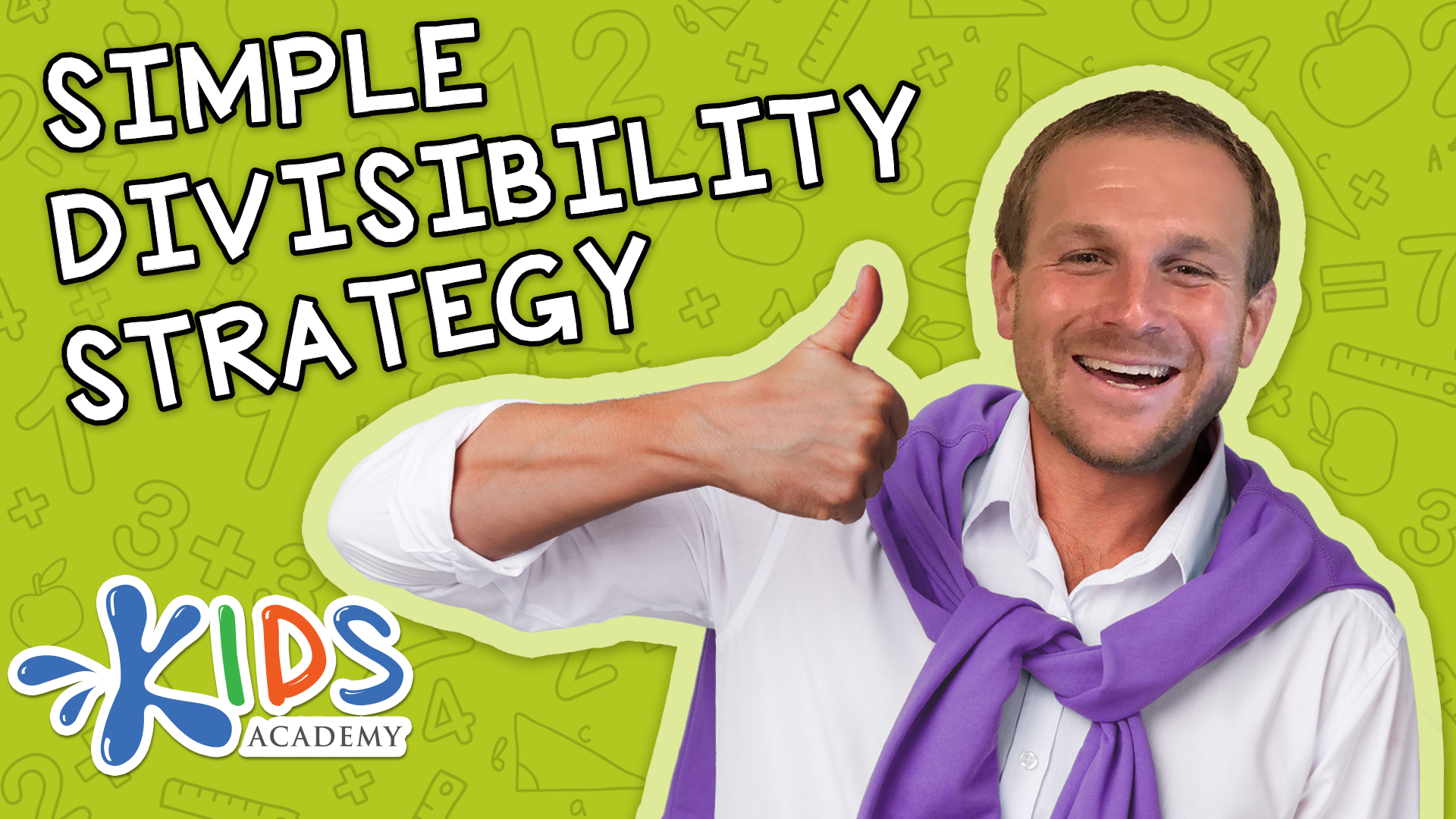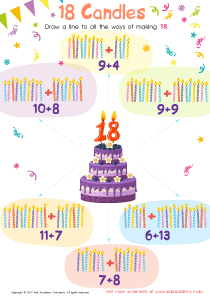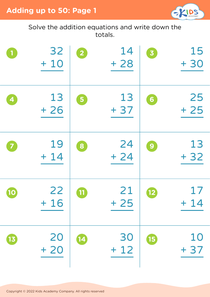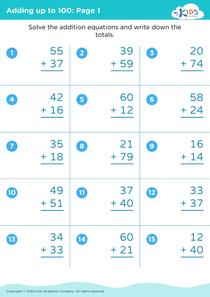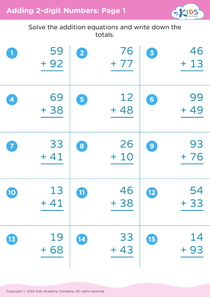Visual comprehension Adding Up to 5 Worksheets for Ages 4-7
7 filtered results
-
From - To
Our "Visual Comprehension Adding Up to 5 Worksheets for Ages 4-7" are designed to enhance your child's math skills through engaging, visually stimulating activities. Perfect for young learners, these worksheets use vibrant images and fun exercises to introduce basic addition concepts up to 5. These educational tools not only foster numerical proficiency but also boost visual comprehension and critical thinking. Ideal for preschool to first-grade level, these printable resources offer a playful, hands-on approach to learning, making math exciting and accessible. Give your child a confident start in mathematics with these expertly crafted worksheets!
Visual comprehension, particularly for adding up to 5, is vital for the cognitive and academic development of children aged 4-7. At this early age, children are highly visual learners, absorbing information best when they can see and manipulate concrete objects. Introducing visual-based addition taps into this natural learning style, making abstract concepts like numbers and sums more accessible.
Visual comprehension exercises help kids better understand not just how to count, but how numbers relate to each other. They learn that combining numbers in different ways still results in the same total, fostering a sense of numerical stability. For instance, using blocks or drawings to show that 2 + 3 and 4 + 1 both equal 5 can build a strong foundational understanding of addition and number sense.
Moreover, visual tools facilitate engagement and maintain a child’s interest, making learning feel like play rather than a chore. This context-rich, interactive learning supports memory retention and encourages a positive attitude towards math from an early age. Additionally, mastering these fundamental skills early on sets the groundwork for tackling more complex arithmetic, greatly enhancing a child’s confidence and competence as they progress in their education.
In summary, visual comprehension in early math forms a crucial base for future learning, aids memory retention, engages young minds, and fosters a positive learning environment making it essential for parents and teachers to incorporate these methods responsibly.
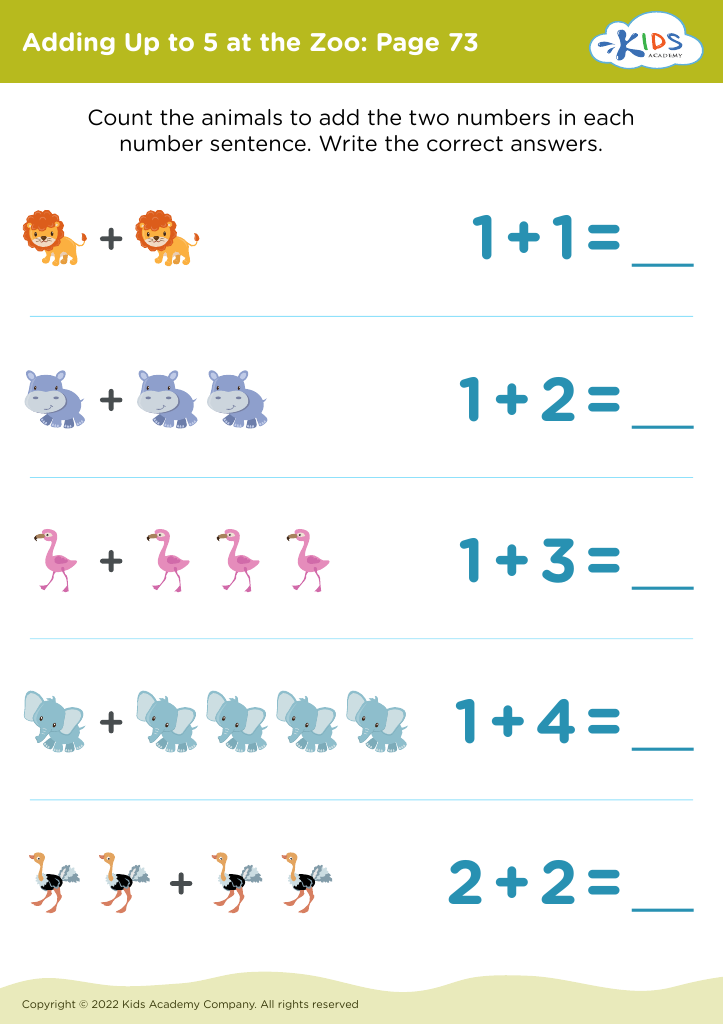


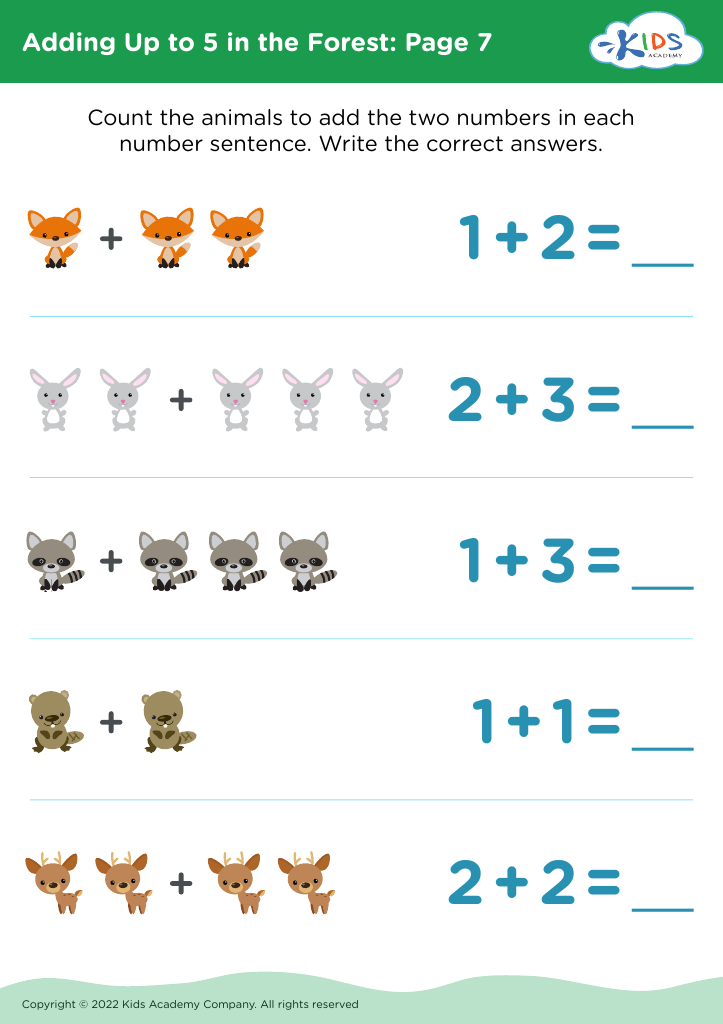

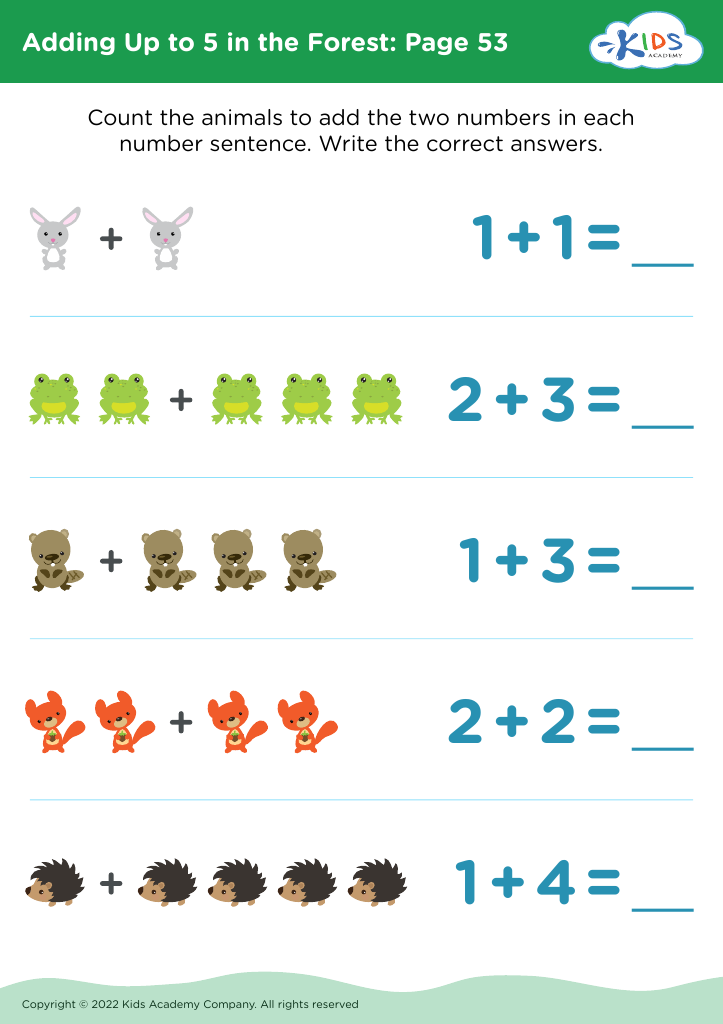


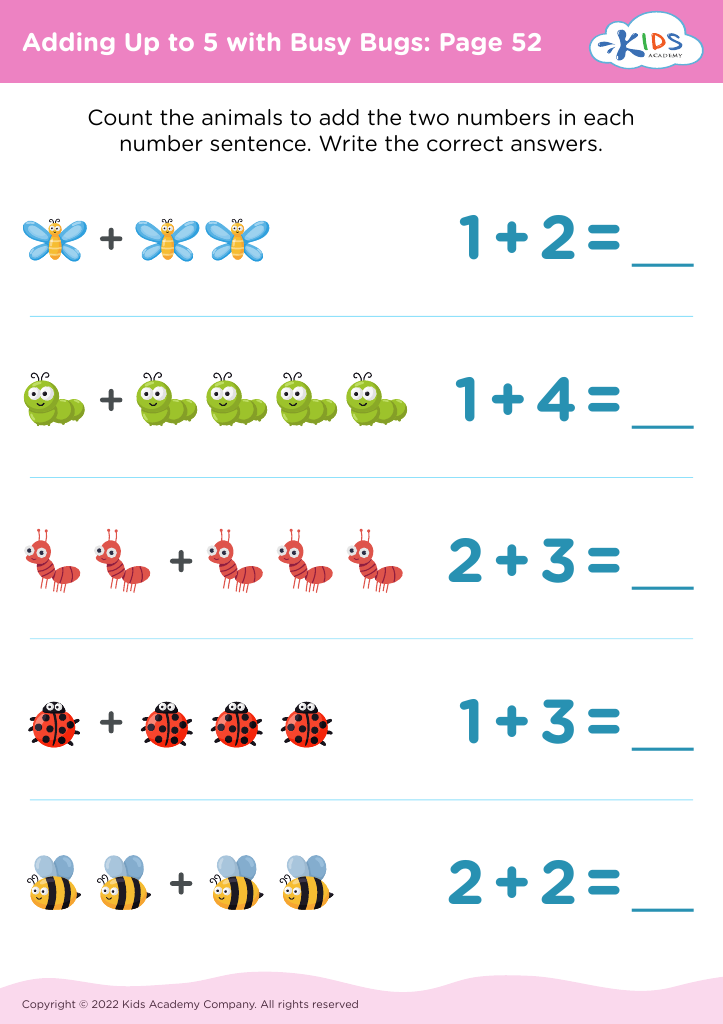




.jpg)


